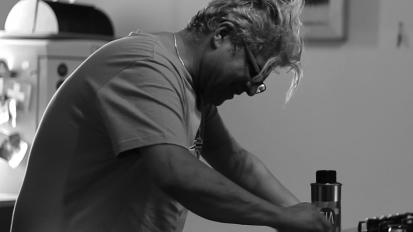Wood vs Plastic
Wooden or plastic cutting board, wich one is better and what are the differences?
Apart from the appearance, there are many crucial differences between wood and plastic boards.
In contrast to our SIA end grain cutting boards, each use of plastic boards causes microscopically small injuries to the surface that provide space for germs and odours.
Our end grain cutting boards have the property of regenerating these fine cuts and the surface always looks clean and well-kept when treated properly.
In addition, the wood's own tannins cause natural disinfection on wooden cutting boards, unlike plastic cutting boards.
A study by the Federal Biological Institute in Braunschweig and the German Institute of Food Technology certifies that wooden cutting boards have an antibacterial effect due to the natural ingredients found in wood.
Theese experiments show that germs on wooden boards disappear completely by themselves after a while. The antibacterial effect occurs both on the surface and inside the wood.
Even with repeated application of bacteria, the antibacterial effect is maintained.
„Wood is active antibacterial.“
The upright wood fibre in end grain cutting boards also ensures that the wood absorbs and releases moisture quickly, thus further enhancing the antibacterial effect of the wood.
Plastic cutting boards must be cleaned in the dishwasher due to surface damage and start looking ugly pretty fast.
Wooden cutting boards suffer in the dishwasher and can look dull and unsightly within a very short time.
A simple hand wash with a mild detergent and lukewarm water is sufficient for our SIA design cuttingboards.


